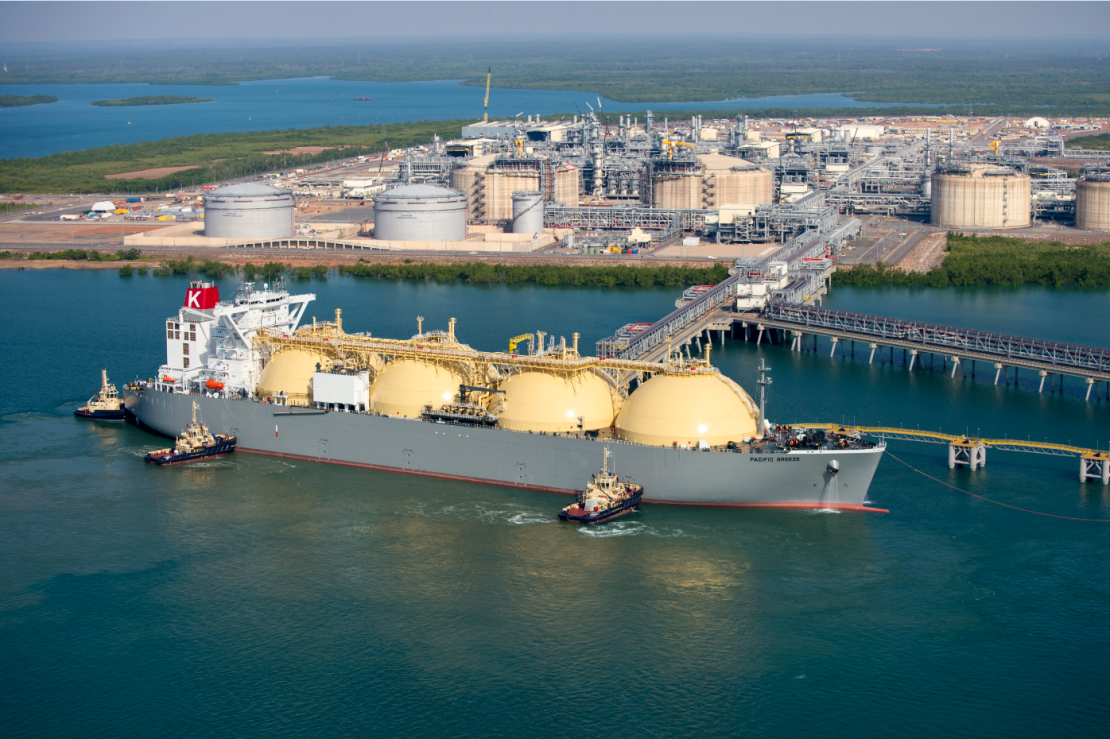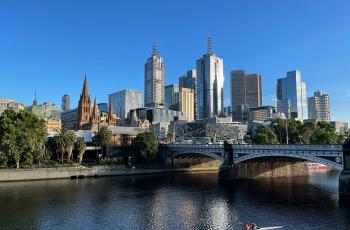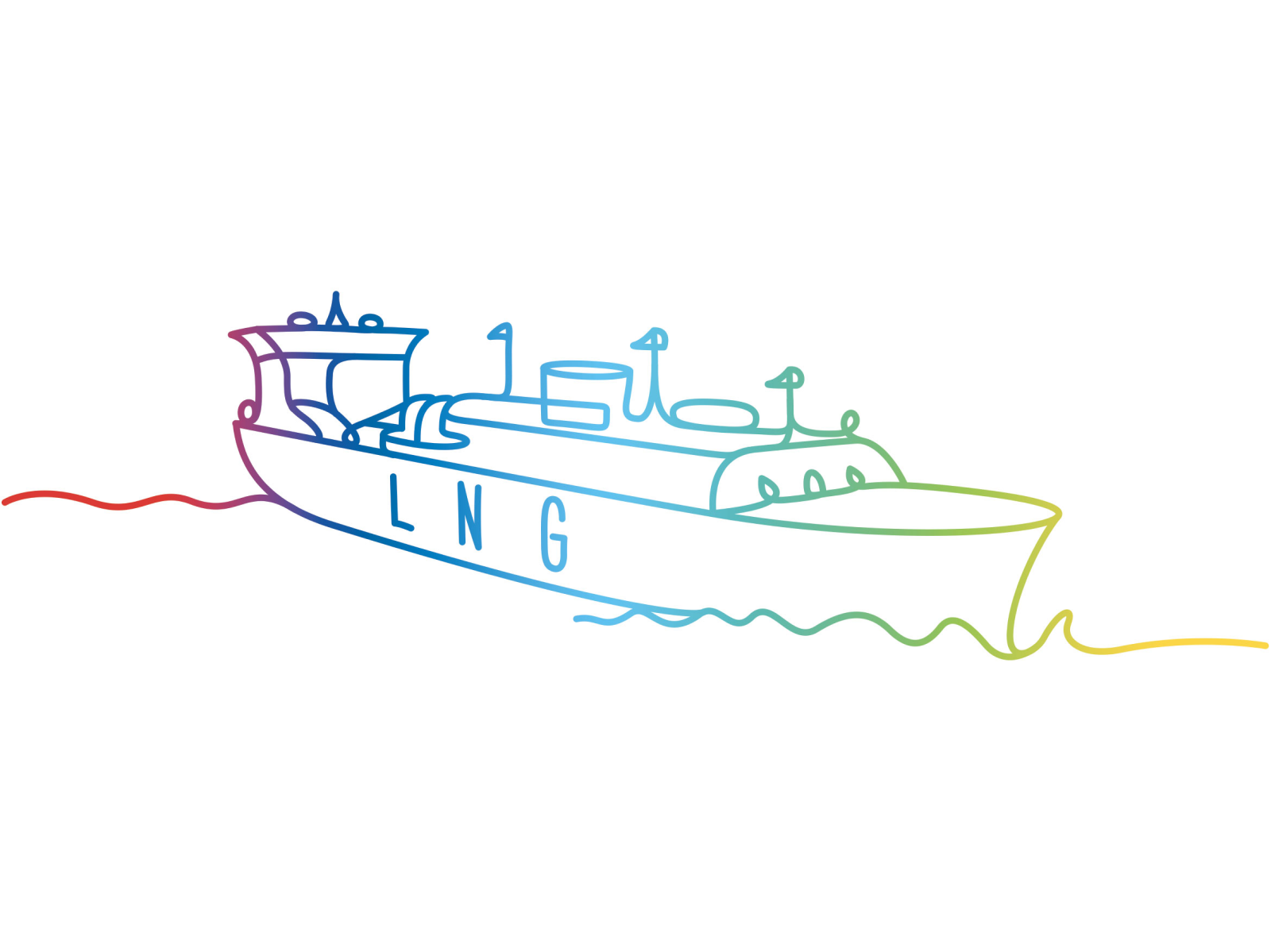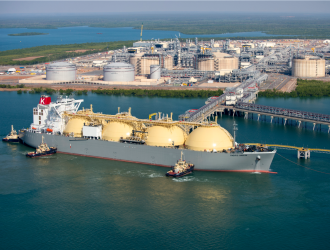Location: Australia
Partners: INPEX (66.24%), TotalEnergies (26%), Japanese gas buyers (5.13%), CPC (2.62%)
Main activity: LNG production
Commissioning: 2018

Located in the northwest of Australia, Ichthys is one of the world’s most complex liquefied natural gas (LNG) projects. TotalEnergies, the third largest global LNG company, is a partner in this major project operated by INPEX.
A project spanning the entire LNG production chain
With deep offshore production facilities, two floating production units, a gas pipeline and a liquefaction plant, Ichthys incorporates all the links in the LNG production chain, both onshore and offshore.
It all begins in waters 250 meters deep. The gas and condensate are extracted from the Ichthys field in the Browse Basin, located 200 kilometers off the northern coast of Western Australia. They are initially processed on a semi-submersible platform known as a central processing facility (CPF), where the gas and liquids are separated.
The condensate (liquid molecules) is then transferred over to a 336 meter-long floating production storage and offloading unit (FPSO), where it is processed, stored and exported to various markets.
A colossal gas pipeline stretching across 882 kilometers of sea and eight kilometers of land transports the remaining gas to the Bladin Point liquefaction plant in northern Australia.
When the gas is processed into liquid form at the plant, it loses much of its volume and can therefore be transported via LNG carrier. This means it can be shipped out with greater flexibility to consumer markets.










